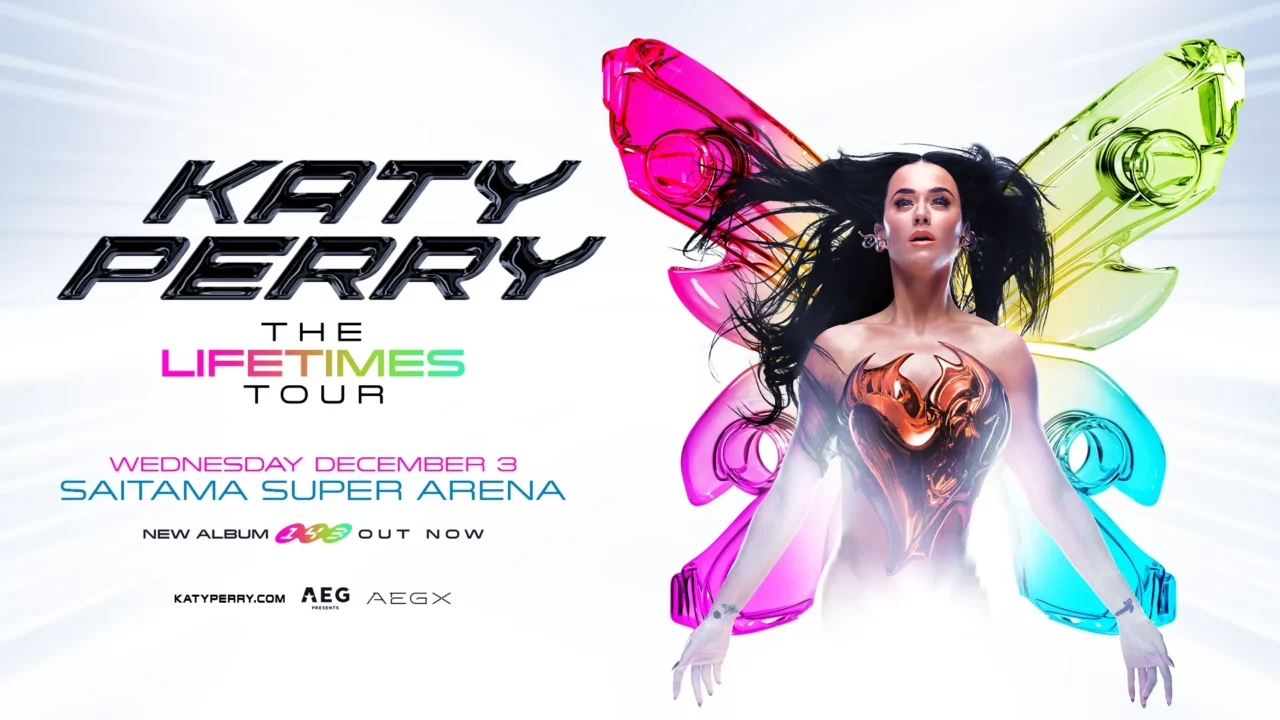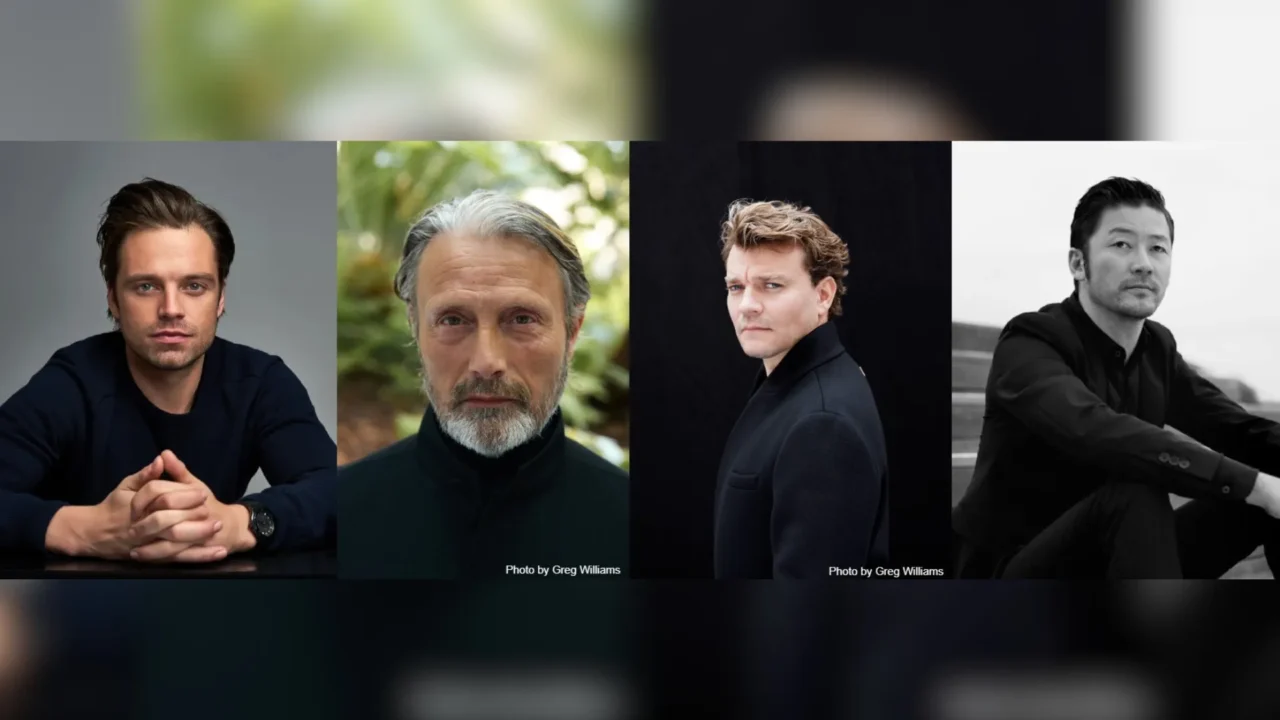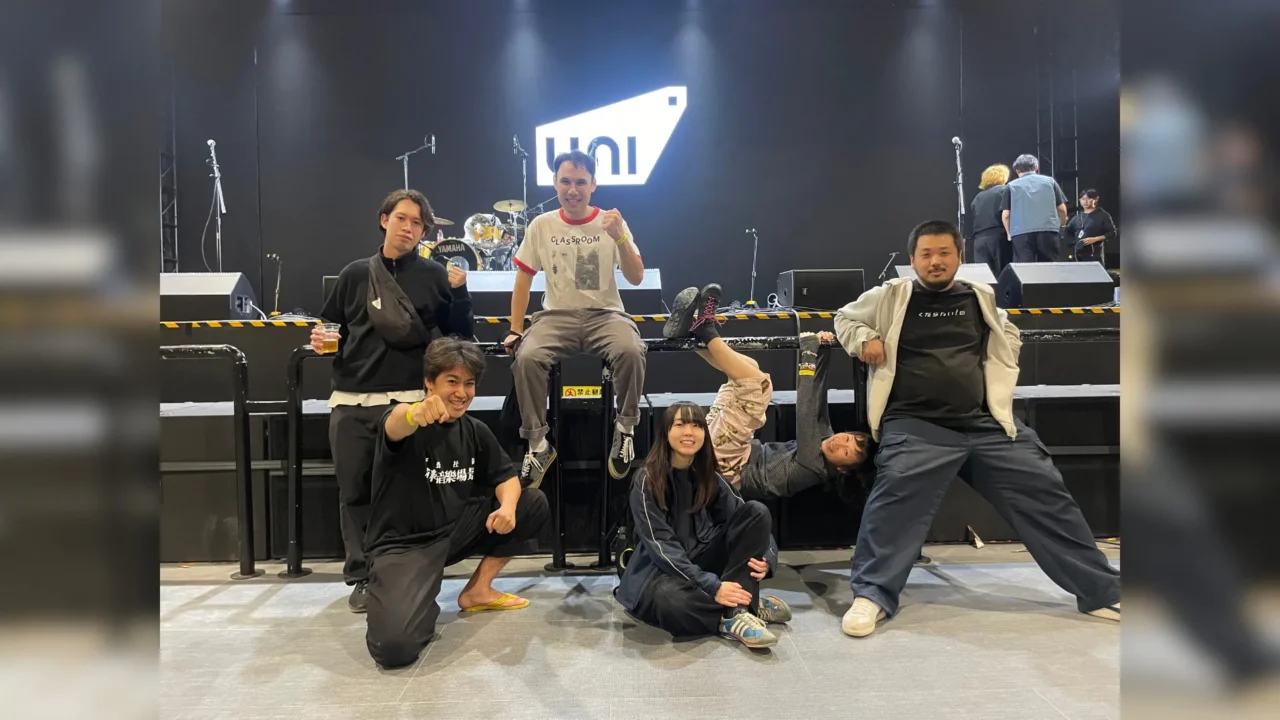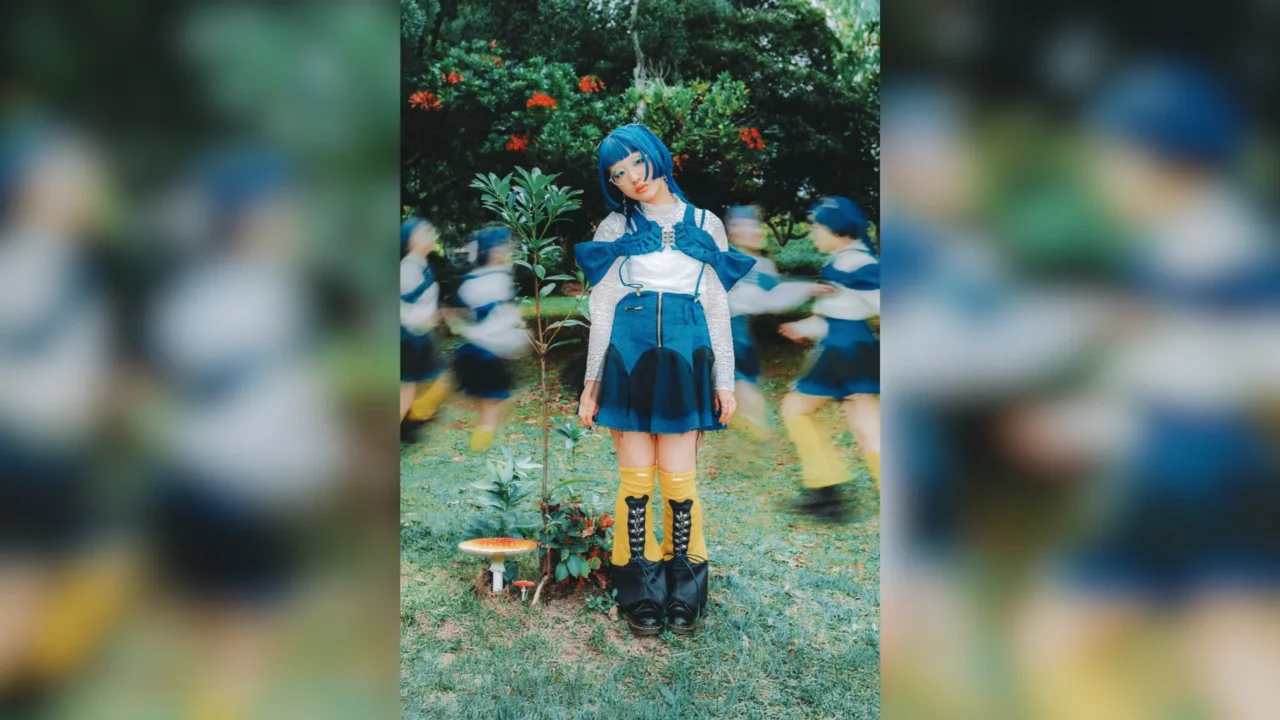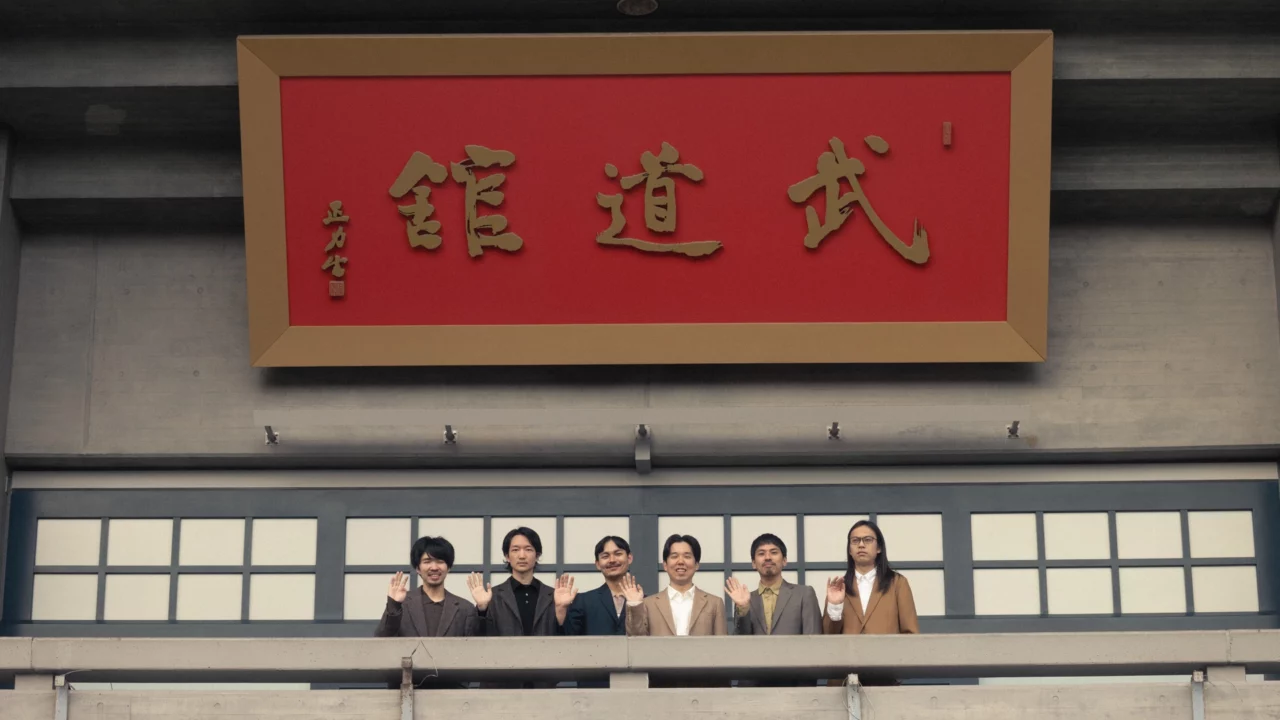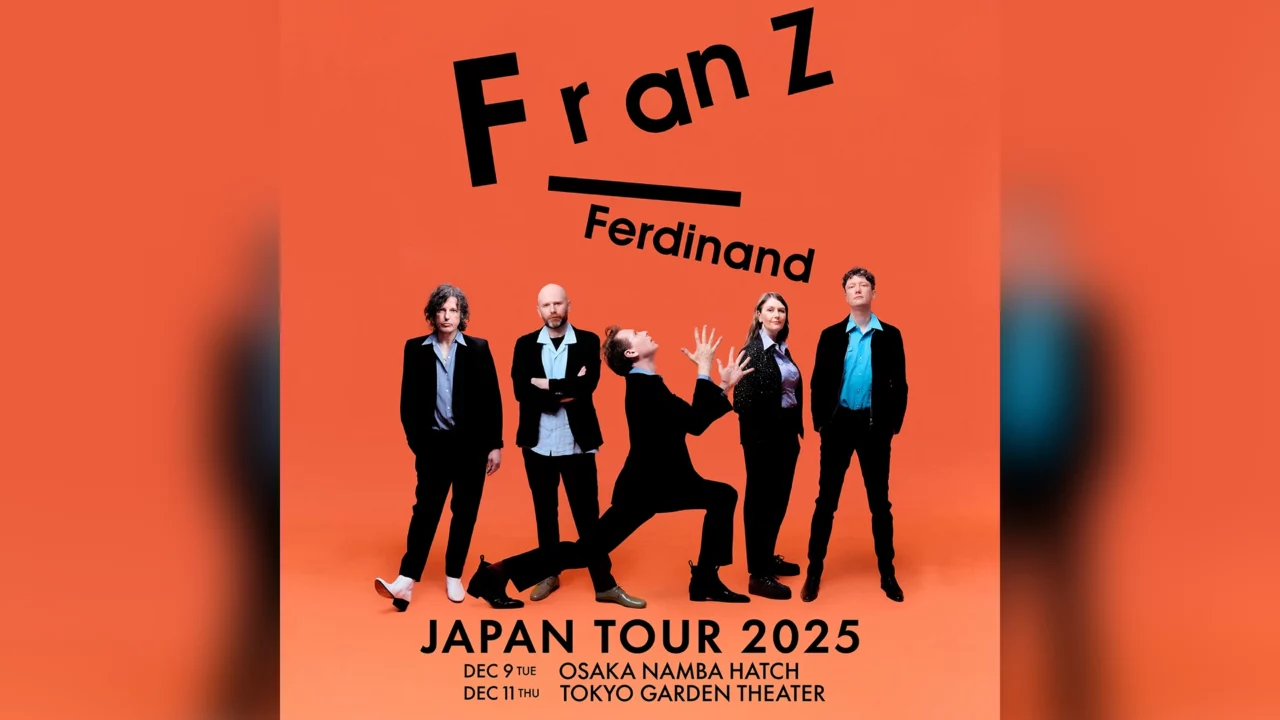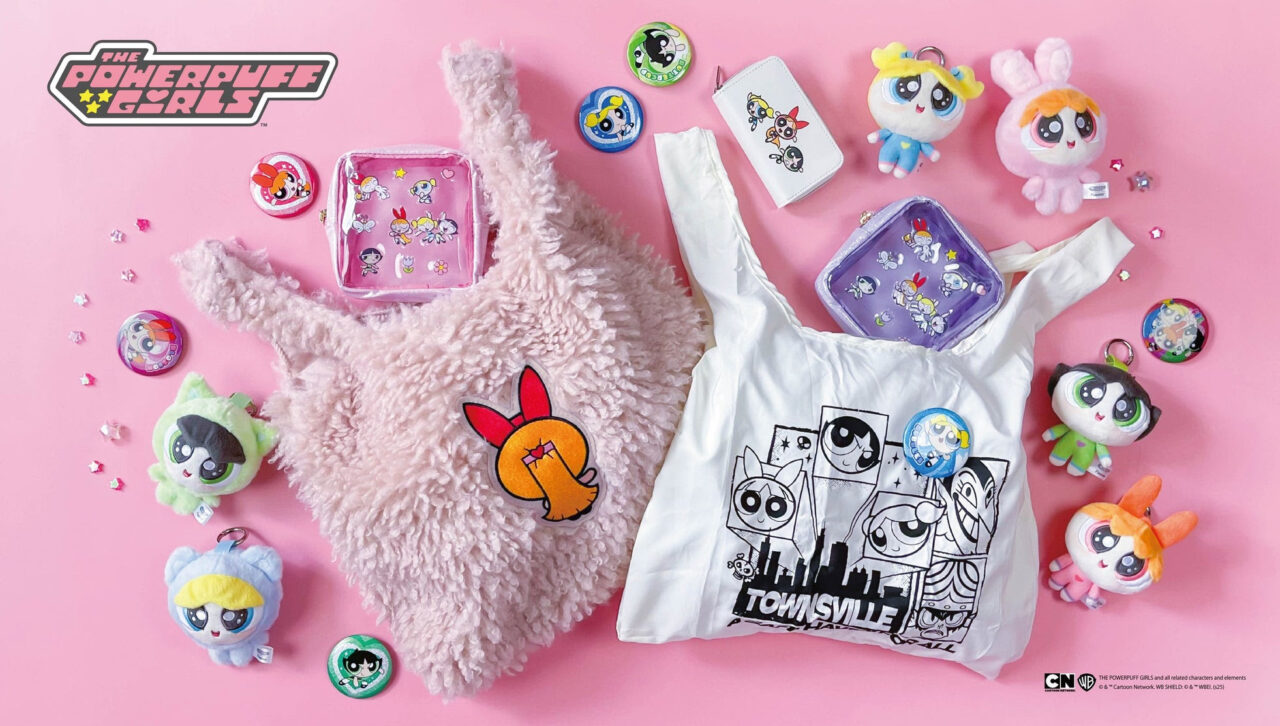Currently on display at the National Art Center in Roppongi is Paintings Are Pop Stars, a solo exhibition by contemporary artist Ei Arakawa-Nash. Marking a significant milestone, this exhibition is the first large-scale presentation of a performance artist since the center’s opening.
INDEX
This Art Is a Phenomenon
Performance art is an art form where the artist uses their body to create something in the moment, in a specific time and place. Unlike performances such as dance or theater, which are rehearsed and performed for an audience, performance art is more about the creation and sharing of a happening. It can be seen as an artistic prank that involves the audience.
Because of this, performance art is only truly completed between the artist and the audience witnessing “something” unfold, making it extremely difficult to record. Like the unforgettable night of witnessing a fantastic play, while you can record the narrative and the actors who performed it, the excitement, unity, and emotions that were felt in the moment cannot be transported or replicated.

Born in 1977 in Iwaki City, Fukushima Prefecture. A U.S.-born queer performance artist who has lived in New York since 1998 and in Los Angeles since 2019. Collaborating with various artists, Arakawa-Nash redefines the concept of “self” while expressing the uncertainty of art through group performances. He is currently a professor in the graduate art program at the Art Center College of Design in Los Angeles. Recent solo exhibitions include Kunsthalle Frieburg (Frieburg, 2023), Tate Modern (London, 2021), and Artists Space (New York, 2021). His group exhibitions have been held at venues such as the Center for Heritage Arts & Textiles (CHAT) (Hong Kong, 2024), Grand Duke Jean Museum of Modern Art (Luxembourg, 2021), Honolulu Biennial (2019), Münster Sculpture Project (2017), Berlin Biennale (2016), Gwangju Biennale (2014), and Whitney Biennale (New York, 2014). His works are held in public collections at institutions such as the Hammer Museum (Los Angeles), Museum of Modern Art (New York), Ludwig Museum (Cologne), Serralves Museum of Contemporary Art (Porto), and the Museum of Modern Art in Warsaw.
Photo: Ei Arakawa-Nash leading a tour while placing speakers on a twin stroller (also part of the exhibition).
So, what exactly will Ei Arakawa-Nash be doing at the National Art Center over the course of a month and a half? And what kind of exhibition is this? The vast space is filled with moments that make you wonder, “Is it okay to do this in a museum?” and “Can this be allowed?” Below, we will introduce a glimpse of what to expect.
INDEX
Freedom to Draw on the Museum Floor

Upon entering the venue, you’re greeted by graffiti covering the entire floor! The first exhibition room serves as the stage for Ei Arakawa-Nash’s work Mega, Please Feel Free to Draw, where, on every Sunday performance day, anyone can freely draw on the floor with the provided crayons. Directly on the museum floor, that is. While it was known that you could draw, one might have assumed there would be sheets of paper laid out, but no—it’s straight on the floor. This piece was first presented at Tate Modern in 2021 to much acclaim, and is set to tour to Munich, Germany in 2025.
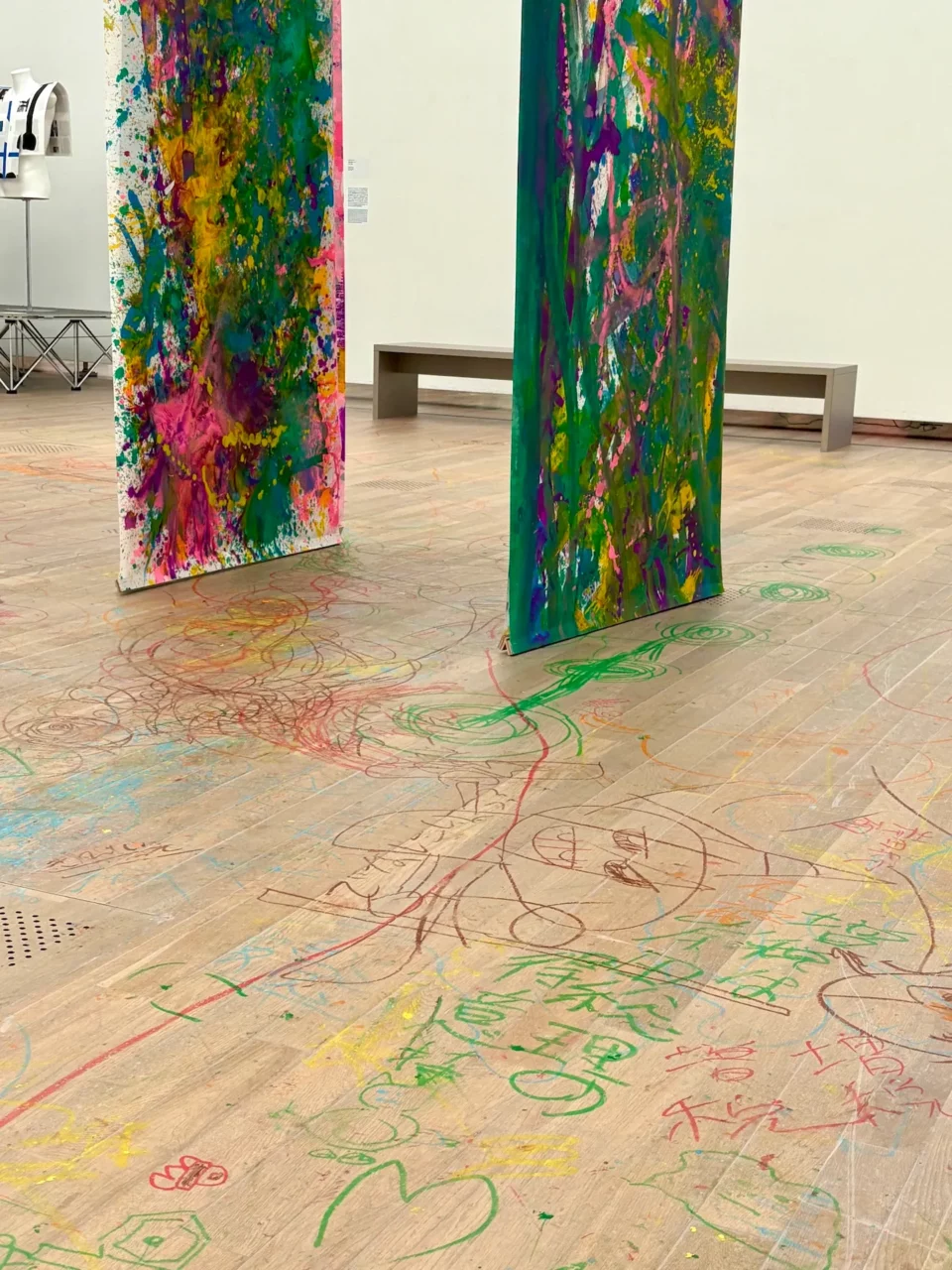
During the interview, the floor was already covered in paint, having been decorated by around 100 local elementary school students. By the exhibition’s end, the floor will likely be entirely filled with more graffiti. Interestingly, when people are invited to “feel free to draw,” they often create images of either “things they love” or “feelings of anger.” This unexpected reaction forces a moment of reflection on the deeper motivations behind artistic expression.
The act of drawing an imperfect image on the floor of a museum, typically reserved for beautiful art, leads you to reconsider the very notions of beauty and value. For instance, if Picasso were to show up and quickly sketch a pigeon here, would it be protected? With such thoughts in mind, I stepped over the artwork on the floor and moved to the next gallery.













